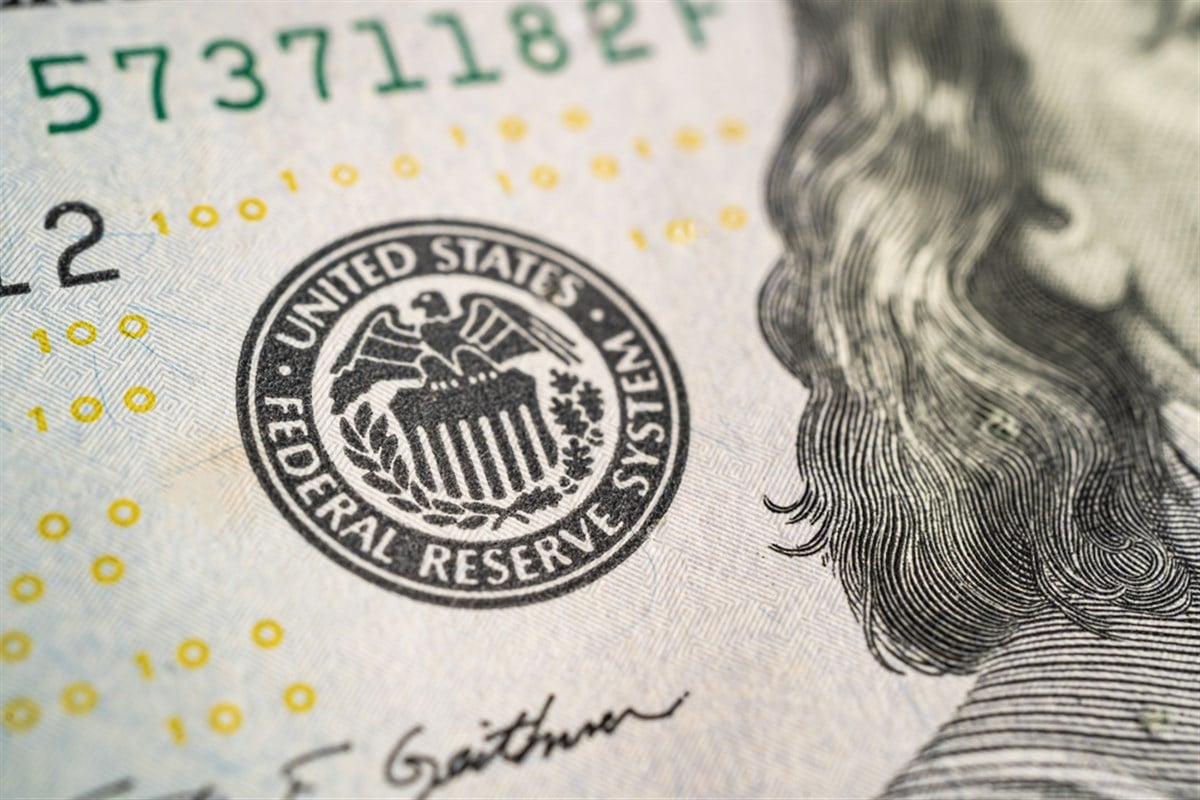Decoding Jackson Hole: The Fed's Impact on Your Stock Portfolio

The financial world is holding its breath as the annual Jackson Hole Economic Symposium takes center stage, with Federal Reserve Chair Jerome Powell's highly anticipated speech on Friday morning. His speech will carry significant weight, potentially setting the course for the stock market through the remainder of 2024 and beyond. While recent weeks have seen positive market momentum, lingering economic uncertainties make this event crucial for investors seeking to understand the Federal Reserve's policy trajectory and its implications for their portfolios.
Rate Cut Expectations: Fueling the Summer Rally?
The stock market's recent performance reflects investors' growing belief that the Fed is nearing the end of its rate-hiking cycle. The S&P 500 index, a widely watched benchmark, has surged by over 15% since its October 2022 lows, with the tech-heavy Nasdaq Composite posting even more substantial gains.
This bullish sentiment is primarily driven by market expectations for a rate cut at the September Federal Open Market Committee (FOMC) meeting. According to the CME FedWatch tool, which tracks market-based probabilities of Fed actions, traders are currently pricing in a 72% chance of a 0.25% rate cut and a 28% chance of a more aggressive 0.50% reduction.
This optimistic outlook has increased due to recent economic data and analyst commentary. Notably, Goldman Sachs (NYSE: GS) recently downgraded its probability of a U.S. recession, citing cooling inflation and resilient consumer discretionary spending. This shift in outlook underscores the connection between market sentiment, economic projections, and the anticipation of a more accommodative monetary policy.
Decoding Powell's Potential Messages: A Fork in the Road for Stocks
Before looking at the potential scenarios, it's crucial to understand the language of central bankers. When analysts describe the Fed as "hawkish," they refer to a stance that prioritizes fighting inflation, even at the risk of slowing economic growth. This often signals higher interest rates or slower rate cuts.
Conversely, a "dovish" Fed is seen as more concerned with supporting economic growth and employment, even if it means tolerating slightly higher inflation. This stance typically points towards lower interest rates or faster rate cuts. While the market is betting on a dovish Fed, Powell's speech will likely dictate the next leg of the stock market's performance. His message could fall anywhere on the spectrum, from hawkish to dovish.
Scenario 1: A Hawkish Surprise
Investors should be prepared for the possibility that Powell strikes a more cautious tone than the market anticipates. Key indicators of a hawkish stance could include:
- Emphasis on Inflation: Reiterating that inflation, while moderating, remains above the Fed's 2% target and requires continued vigilance.
- Resilient Consumer Spending: Highlighting the strength of consumer spending as a sign that the economy can withstand higher rates.
- Tight Labor Market: Downplaying any recent softening in the labor market and emphasizing the need to prevent a wage-price spiral.
A hawkish surprise could trigger a wave of risk aversion, leading to a broad market sell-off. Sectors susceptible to interest rate changes, such as technology, real estate, and consumer discretionary, could face significant headwinds. Investors should recall the market's reaction in August 2022, when a similarly hawkish message from Powell at Jackson Hole sparked a sharp decline in equities.
Scenario 2: Confirming the Dovish Pivot
Conversely, Powell could use his platform to solidify expectations of a rate cut, potentially sparking a continuation of the current market rally. Signals of a dovish tilt might include:
- Global Economic Concerns: Expressing worry about slowing global growth and its potential spillover effects on the U.S. economy.
- Labor Market Weakness: Highlighting emerging signs of weakness in the labor market, such as rising unemployment claims or slowing wage growth.
- Easing Inflationary Pressures: Acknowledging that inflation is demonstrably on a downward trajectory.
Market Impact: A dovish message from Powell would likely embolden investors, driving further gains in the stock market. Growth-oriented sectors like semiconductors, renewable energy, and communication services benefit from a lower-rate environment and could see significant upside potential.
Expert Opinions and Positioning Your Portfolio
Economists are divided on how aggressively the Fed will act. Citi Global Markets (a division of Citigroup (NYSE: C)) analysts, for example, predict 50 basis point rate cuts in both September and November, citing growing risks to the labor market. In contrast, Dreyfus-Mellon's (NYSE: BK) analysts expect a more measured approach, with Powell likely emphasizing the need to maintain a restrictive policy stance until inflation is firmly under control.
Regardless of Powell's message, investors should avoid making impulsive decisions based solely on short-term market reactions. Maintaining a long-term investment horizon and a strategy aligned with individual risk tolerance and financial goals is crucial.
However, investors can proactively consider potential portfolio adjustments:
- In a Hawkish Scenario: Shifting towards more defensive sectors like consumer staples, healthcare, and utilities, which tend to be less sensitive to economic downturns. Alternatively, exploring value stocks, which are often overlooked in a growth-driven market, could provide some downside protection.
- In a Dovish Scenario: Maintaining or increasing exposure to growth sectors such as technology and consumer discretionary, which are poised to benefit from continued economic expansion and a lower rate environment.
Jerome Powell's speech at Jackson Hole is a pivotal moment for investors. His message will shape market expectations for the remainder of the year and impact asset allocation strategies. By understanding the potential scenarios and their implications, investors can approach this critical event with clarity and make informed decisions that align with their long-term financial objectives.
Source MarketBeat
Citigroup Inc. Stock
The stock is one of the favorites of our community with 22 Buy predictions and 2 Sell predictions.
With a target price of 70 € there is a positive potential of 28.63% for Citigroup Inc. compared to the current price of 54.42 €.




